Home>Gardening & Outdoor>Landscaping Ideas>How To Rake Out Dead Grass
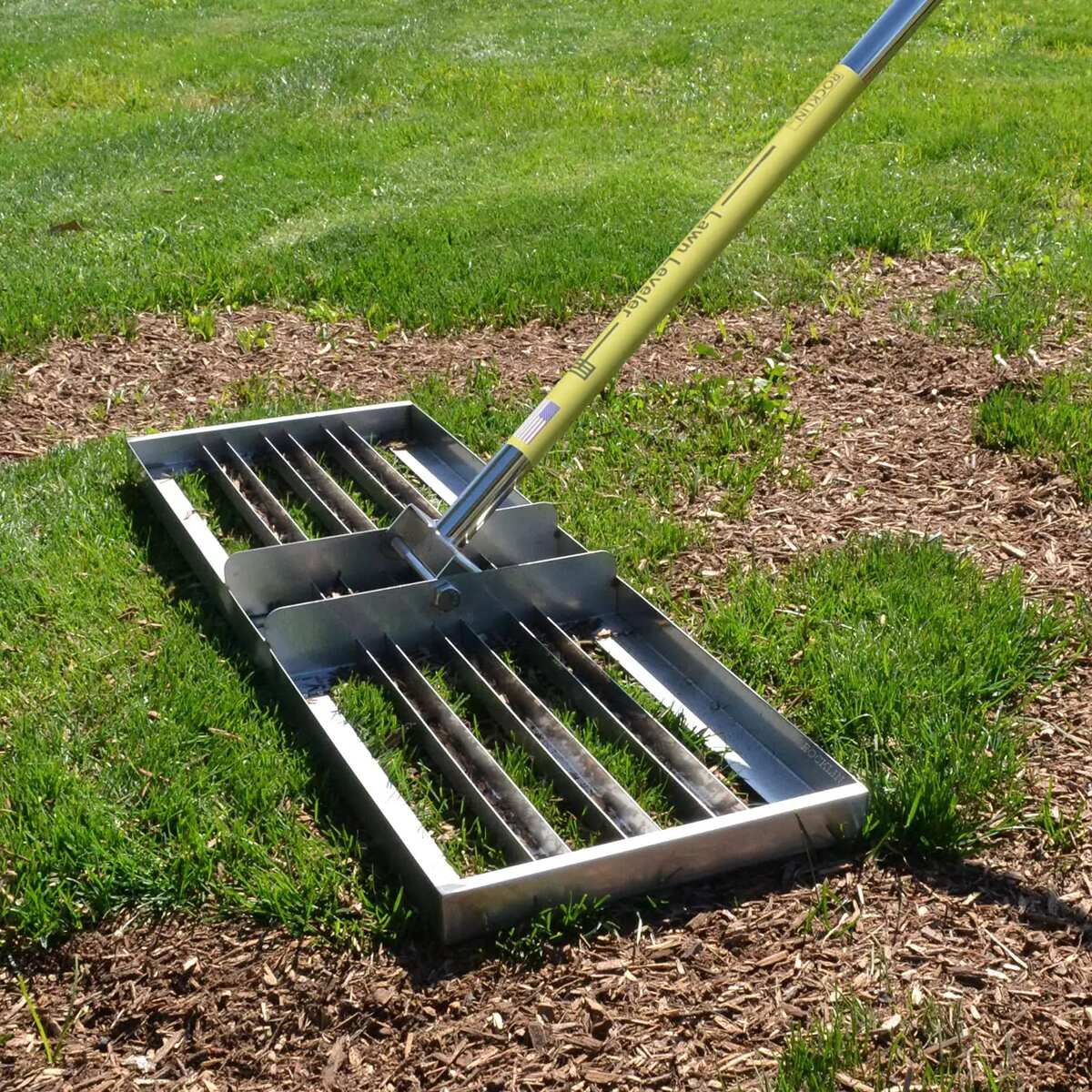

Landscaping Ideas
How To Rake Out Dead Grass
Modified: March 5, 2024
Learn effective landscaping ideas with our guide on how to rake out dead grass. Enhance your lawn with these expert tips and techniques.
(Many of the links in this article redirect to a specific reviewed product. Your purchase of these products through affiliate links helps to generate commission for Storables.com, at no extra cost. Learn more)
Introduction
Maintaining a lush, green lawn requires more than just regular mowing and watering. It involves a series of essential tasks to ensure that your lawn remains healthy and vibrant throughout the year. One such crucial task is raking out dead grass, which plays a significant role in promoting the overall well-being of your lawn. In this comprehensive guide, we will delve into the importance of raking out dead grass, the tools and equipment needed for the task, and a step-by-step process to effectively rejuvenate your lawn. Whether you are a seasoned gardener or a novice enthusiast, mastering the art of raking out dead grass will undoubtedly elevate the aesthetics and vitality of your outdoor space. So, grab your gardening gloves and let's embark on this transformative journey to breathe new life into your lawn.
Key Takeaways:
- Raking out dead grass is crucial for a healthy lawn. It promotes new grass growth, prevents patchy areas, and improves water absorption, leading to a vibrant and resilient outdoor space.
- To rejuvenate your lawn, assess, prepare, and methodically rake out dead grass. Dispose of debris responsibly and provide aftercare for new grass growth, ensuring a lush and inviting landscape.
Read more: What Kind Of Rake For Dead Grass
Understanding the Importance of Raking Dead Grass
Raking out dead grass is a fundamental practice that contributes to the overall health and appearance of your lawn. Over time, grass can accumulate thatch, a dense layer of dead grass, roots, and debris that forms at the base of the living grass and above the soil. While a thin layer of thatch can be beneficial, excessive thatch accumulation can hinder the growth of new grass and impede the penetration of air, water, and nutrients into the soil.
By raking out dead grass and thatch, you create a conducive environment for new grass to thrive. This process promotes better air circulation, reduces the risk of fungal diseases, and allows essential nutrients to reach the grassroots. Moreover, raking out dead grass helps prevent the formation of patchy and uneven areas on your lawn, ensuring a uniform and vibrant green carpet of grass.
Furthermore, by removing dead grass and thatch, you pave the way for improved water absorption and retention in the soil. This is particularly crucial during the growing season, as it helps prevent water runoff and promotes deeper root growth, making your lawn more resilient to drought conditions.
Additionally, raking out dead grass serves as a form of rejuvenation for your lawn, stimulating the growth of new grass and enhancing the overall aesthetic appeal of your outdoor space. It is a proactive measure that can prevent potential lawn problems and contribute to the long-term sustainability of your lawn.
Understanding the significance of raking out dead grass empowers you to take proactive steps in maintaining a healthy and vibrant lawn, setting the stage for a thriving outdoor oasis that you can enjoy year-round.
Tools and Equipment Needed
Before embarking on the task of raking out dead grass, it is essential to gather the necessary tools and equipment to ensure a smooth and efficient process. Here are the key items you will need:
- Garden Rake: A sturdy garden rake with sharp tines is essential for effectively removing dead grass and thatch from the lawn. Choose a rake with a comfortable handle that allows for a firm grip and easy maneuverability.
- Lawn Aerator: In some cases, a lawn aerator may be required to alleviate soil compaction and improve the penetration of air, water, and nutrients into the root zone. Aeration can enhance the overall effectiveness of raking out dead grass.
- Grass Seed: To promote the growth of new grass in areas where dead grass has been removed, high-quality grass seed that is suitable for your specific lawn type is essential. Select a premium blend that aligns with your climate and soil conditions for optimal results.
- Fertilizer: A balanced fertilizer formulated for lawns can help nourish the soil and support the growth of new grass following the raking process. Look for a fertilizer with a blend of essential nutrients, including nitrogen, phosphorus, and potassium, to rejuvenate the lawn.
- Watering Can or Hose: Adequate hydration is crucial for the newly seeded areas. A watering can or hose with a gentle spray attachment will facilitate the even distribution of water to promote germination and establishment of new grass.
- Wheelbarrow or Garden Cart: A wheelbarrow or garden cart can be useful for transporting dead grass and thatch to a designated disposal area, ensuring a tidy and organized cleanup process.
- Protective Gear: Gardening gloves, sturdy footwear, and protective eyewear are essential for personal safety during the raking and cleanup process. Additionally, consider wearing a wide-brimmed hat and sunscreen for sun protection, especially during extended periods of outdoor work.
Equipped with these essential tools and equipment, you are prepared to undertake the task of raking out dead grass with confidence and efficiency, setting the stage for a rejuvenated and thriving lawn.
Step 1: Assessing the Lawn
Before commencing the process of raking out dead grass, it is crucial to conduct a thorough assessment of your lawn to identify areas that require attention and determine the overall condition of the grass. Here are the key aspects to consider during the assessment:
- Thatch Thickness: Examine the thickness of the thatch layer by gently parting the grass and inspecting the organic matter that has accumulated near the soil surface. A thatch layer exceeding half an inch may impede the health of the lawn and necessitate raking.
- Bare or Thin Areas: Identify any bare or thin patches where the grass appears sparse or has difficulty thriving. These areas may require targeted raking to remove dead grass and create a conducive environment for new grass growth.
- Soil Compaction: Assess the soil for signs of compaction, which can hinder the penetration of air, water, and nutrients. Compacted soil may benefit from aeration to enhance the effectiveness of the raking process.
- Weed Infestation: Look for signs of weed infestation within the lawn, as raking out dead grass presents an opportunity to address weed issues and prevent their proliferation.
- Overall Grass Health: Evaluate the overall health and vibrancy of the grass, taking note of any areas that exhibit discoloration, disease, or stress. This assessment will guide targeted raking and post-raking care strategies.
By carefully assessing the condition of your lawn, you can tailor the raking process to address specific needs and maximize the rejuvenating effects on the grass. Additionally, this evaluation sets the stage for informed decision-making regarding aeration, overseeding, and fertilization to complement the raking process and promote a thriving, resilient lawn.
Step 2: Preparing the Lawn for Raking
Preparing the lawn for the raking process is a crucial preliminary step that sets the foundation for effective dead grass removal and promotes optimal results. Consider the following essential tasks to prepare your lawn for raking:
- Mowing the Grass: Begin by mowing the lawn at a slightly lower setting than usual to reduce the grass height. This facilitates easier access to the thatch layer and dead grass, allowing for more efficient raking and cleanup.
- Watering the Lawn: If the soil is dry, consider watering the lawn a day or two before raking. Moist soil makes it easier to remove dead grass and thatch, promoting a smoother raking process and minimizing stress on the living grass.
- Marking Irrigation Systems: Identify and mark any irrigation systems, sprinkler heads, or buried cables within the lawn to avoid damaging them during the raking process. Clearly delineate their locations to ensure they remain unobstructed.
- Clearing Debris: Remove any debris, such as fallen branches, twigs, or stones, from the lawn to create a clear and unobstructed work area. Clearing debris minimizes potential obstructions during raking and enhances safety.
- Trimming Edges: Trim the edges of the lawn using a string trimmer or edging tool to create clean borders and define the work area. Neat edges facilitate a more structured raking process and contribute to a polished overall appearance.
- Inspecting for Wildlife: Before raking, inspect the lawn for any wildlife, such as nesting birds or small animals. Taking precautions to protect wildlife ensures a harmonious and respectful approach to lawn maintenance.
By diligently preparing the lawn for raking, you establish an optimal environment for the subsequent removal of dead grass and thatch. These preparatory measures contribute to a streamlined and effective raking process, laying the groundwork for a rejuvenated and vibrant lawn.
Use a rake to gently remove dead grass by raking in the opposite direction of the grass growth. Be careful not to pull up healthy grass.
Read more: How To Help Dead Grass
Step 3: Raking Out Dead Grass
Now that the lawn is prepared, it’s time to embark on the pivotal task of raking out dead grass. Follow these essential steps to effectively remove accumulated thatch and dead grass from your lawn:
- Choose the Right Rake: Select a sturdy garden rake with sharp tines that can penetrate the thatch layer and effectively dislodge dead grass. Ensure that the rake is comfortable to handle and maneuver.
- Work in Sections: Divide the lawn into manageable sections and focus on one area at a time. This approach allows for thorough raking and prevents overwhelming the task.
- Use Overlapping Strokes: With a firm grip on the rake, make overlapping strokes in a systematic pattern to ensure comprehensive coverage of the designated area. The goal is to dislodge and collect dead grass and thatch without damaging the living grass.
- Apply Gentle Pressure: Avoid exerting excessive force while raking to minimize stress on the soil and living grass. Gentle, deliberate strokes effectively remove dead grass and thatch while preserving the integrity of the lawn.
- Clear the Debris: Periodically clear the accumulated debris from the rake to maintain its effectiveness. A clean rake ensures efficient dead grass removal and prevents the spread of thatch to unaffected areas.
- Address Edges and Corners: Pay special attention to the edges and corners of the lawn, where thatch and dead grass tend to accumulate. Thoroughly rake these areas to achieve uniform rejuvenation across the entire lawn.
- Inspect and Adjust: Periodically pause to inspect the raked areas, adjusting the intensity and pattern of your strokes as needed to ensure comprehensive dead grass removal. This meticulous approach contributes to a thorough and effective raking process.
By methodically raking out dead grass, you create an optimal foundation for the growth of new grass and promote the overall health and vitality of your lawn. This transformative process sets the stage for a rejuvenated and visually appealing outdoor space that you can enjoy throughout the seasons.
Step 4: Disposing of Dead Grass
Once the dead grass and thatch have been effectively raked out, it is essential to responsibly dispose of the accumulated debris to ensure a tidy and well-maintained lawn. Follow these key steps to dispose of dead grass and thatch in an efficient and environmentally conscious manner:
- Collecting the Debris: Gather the raked dead grass and thatch using a rake or a suitable collection tool, such as a garden scoop or a tarp. Work methodically to consolidate the debris into manageable piles for easy removal.
- Utilizing a Wheelbarrow or Garden Cart: Transfer the collected debris into a wheelbarrow or garden cart for convenient transportation to the disposal area. This approach streamlines the cleanup process and minimizes the strain of carrying heavy loads.
- Designating a Disposal Area: Select a designated area for disposing of the dead grass and thatch, such as a compost pile, green waste bin, or a designated yard waste collection site. Ensure compliance with local regulations regarding yard waste disposal.
- Consider Composting: If suitable, consider composting the collected dead grass and thatch to repurpose the organic matter as nutrient-rich compost for your garden. This sustainable approach contributes to environmental stewardship and supports eco-friendly gardening practices.
- Professional Disposal Services: If the volume of dead grass and thatch exceeds your capacity for disposal, consider engaging professional yard waste removal services or utilizing municipal green waste collection programs for responsible disposal.
- Cleaning and Storing Equipment: After completing the disposal process, thoroughly clean and store your raking and collection equipment to maintain their longevity and readiness for future lawn maintenance tasks.
By conscientiously disposing of dead grass and thatch, you contribute to the cleanliness and aesthetic appeal of your outdoor space while adhering to sustainable waste management practices. This final step in the raking process paves the way for a rejuvenated lawn that exudes vitality and beauty.
Step 5: Aftercare and Maintenance
Following the completion of the raking process, proactive aftercare and ongoing maintenance are essential to nurture the rejuvenated lawn and promote the growth of new grass. Implement the following steps to ensure the long-term health and vibrancy of your lawn:
- Aeration and Overseeding: Consider aerating the lawn to alleviate soil compaction and enhance the penetration of air, water, and nutrients. Following aeration, overseed the lawn to promote the growth of new grass and fill in any sparse areas, fostering a dense and resilient turf.
- Fertilization: Apply a high-quality, balanced fertilizer to nourish the soil and support the establishment of new grass. Select a fertilizer with a formulation tailored to the specific needs of your lawn, providing essential nutrients for robust growth.
- Watering and Monitoring: Maintain consistent and adequate watering to facilitate the germination and establishment of new grass. Monitor the newly seeded areas closely, ensuring they receive sufficient hydration without excessive moisture that may impede growth.
- Minimizing Foot Traffic: Minimize foot traffic on the rejuvenated areas to allow the new grass to establish strong root systems. Restricting activity on the lawn promotes undisturbed growth and contributes to the uniformity of the turf.
- Regular Maintenance: Resume regular lawn maintenance practices, including mowing, edging, and weed control, to uphold the rejuvenated lawn’s appearance and health. Adhering to a consistent maintenance routine fosters a thriving and visually appealing outdoor space.
- Soil Testing and Amendments: Periodically conduct soil testing to assess nutrient levels and pH balance, making adjustments as necessary to optimize the soil conditions for healthy grass growth. Well-balanced soil supports the long-term vitality of the lawn.
By diligently tending to the aftercare and maintenance of the lawn, you nurture the newly rejuvenated grass and foster a resilient, vibrant landscape. These proactive measures contribute to the sustained health and beauty of your outdoor oasis, ensuring a lush and inviting lawn for years to come.
Conclusion
Raking out dead grass is a transformative practice that revitalizes your lawn, promoting optimal growth, health, and visual appeal. By understanding the importance of raking and following a systematic approach, you can rejuvenate your outdoor space and create a thriving, lush carpet of grass. Through this comprehensive guide, you have gained insights into the significance of raking out dead grass, the essential tools and equipment needed, and a step-by-step process to execute this rejuvenating task with precision and care.
Embracing the art of raking out dead grass empowers you to proactively nurture your lawn, creating an environment where new grass can flourish and thrive. From assessing the condition of the lawn to meticulously raking out dead grass and implementing aftercare measures, each step contributes to the holistic rejuvenation of your outdoor oasis.
As you embark on the journey of raking out dead grass, envision the lush, vibrant lawn that awaits as a testament to your dedication and care. The rejuvenated landscape will not only enhance the beauty of your surroundings but also provide a welcoming space for relaxation, recreation, and enjoyment.
Remember, the rejuvenation of your lawn is an ongoing endeavor that requires consistent attention and thoughtful maintenance. By nurturing the newly rejuvenated grass and adhering to best practices in lawn care, you will cultivate a resilient and visually captivating outdoor haven that enriches your daily life.
So, armed with the knowledge and insight gained from this guide, step into your outdoor sanctuary, embrace the rejuvenating power of raking out dead grass, and witness the transformation of your lawn into a flourishing tapestry of greenery and vitality.
Frequently Asked Questions about How To Rake Out Dead Grass
Was this page helpful?
At Storables.com, we guarantee accurate and reliable information. Our content, validated by Expert Board Contributors, is crafted following stringent Editorial Policies. We're committed to providing you with well-researched, expert-backed insights for all your informational needs.
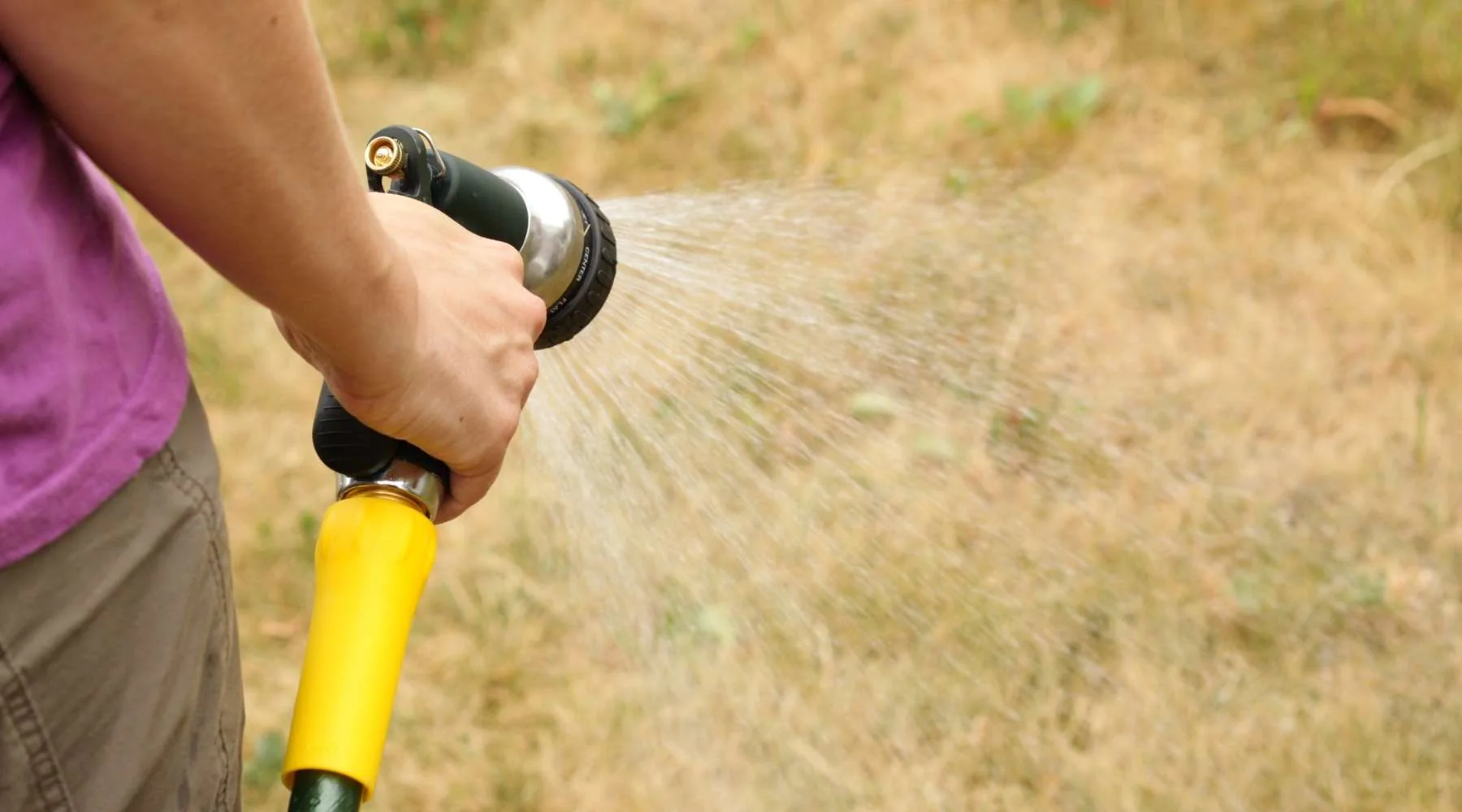
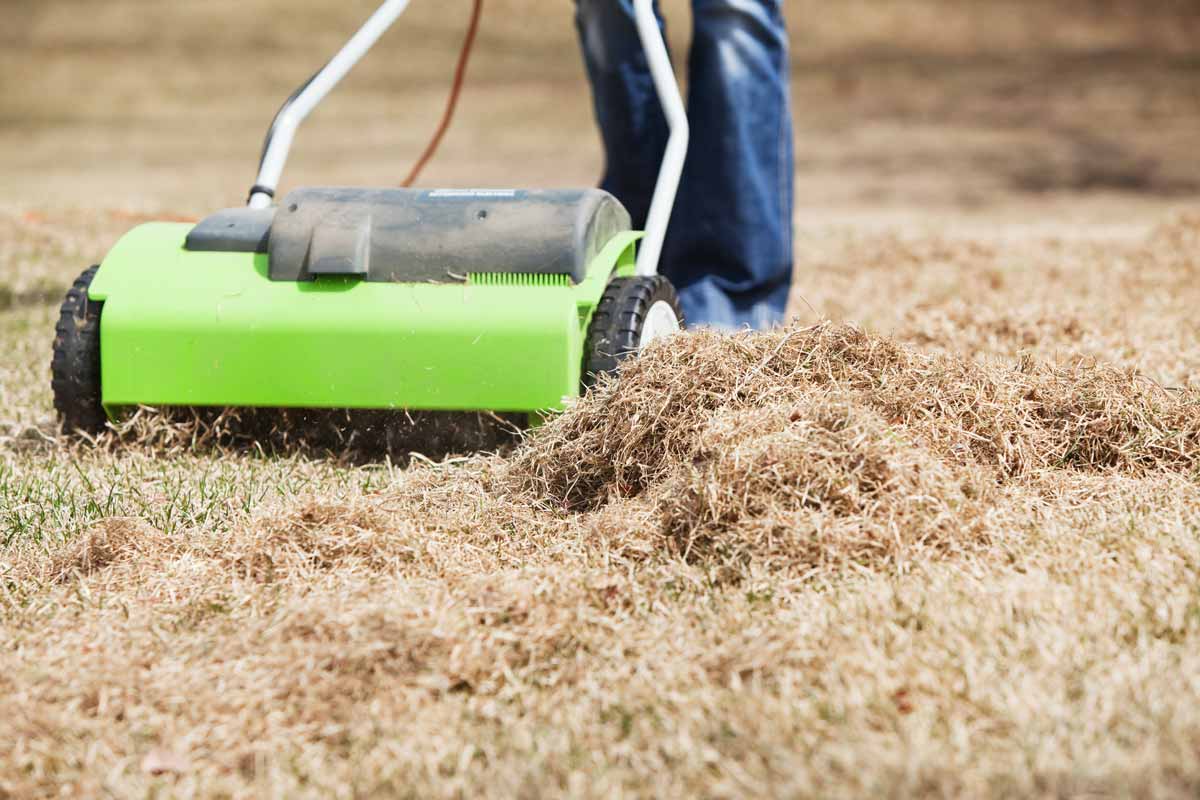
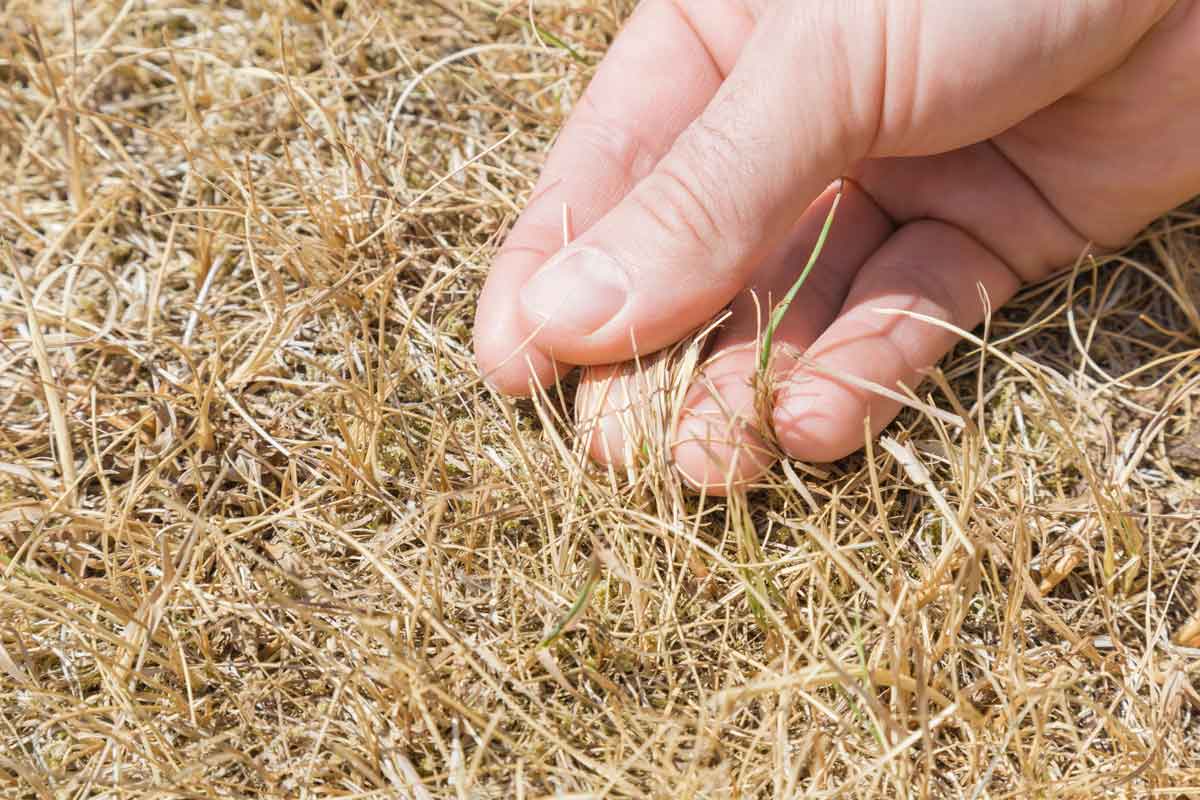
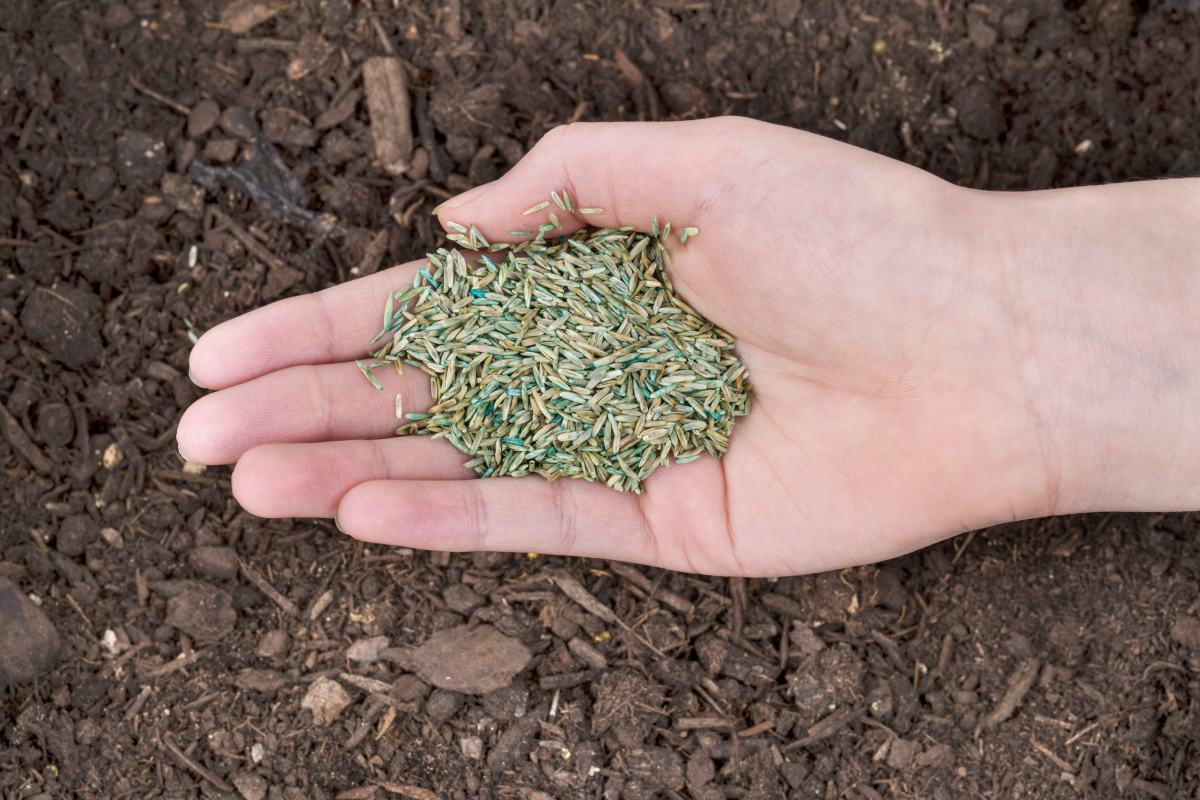
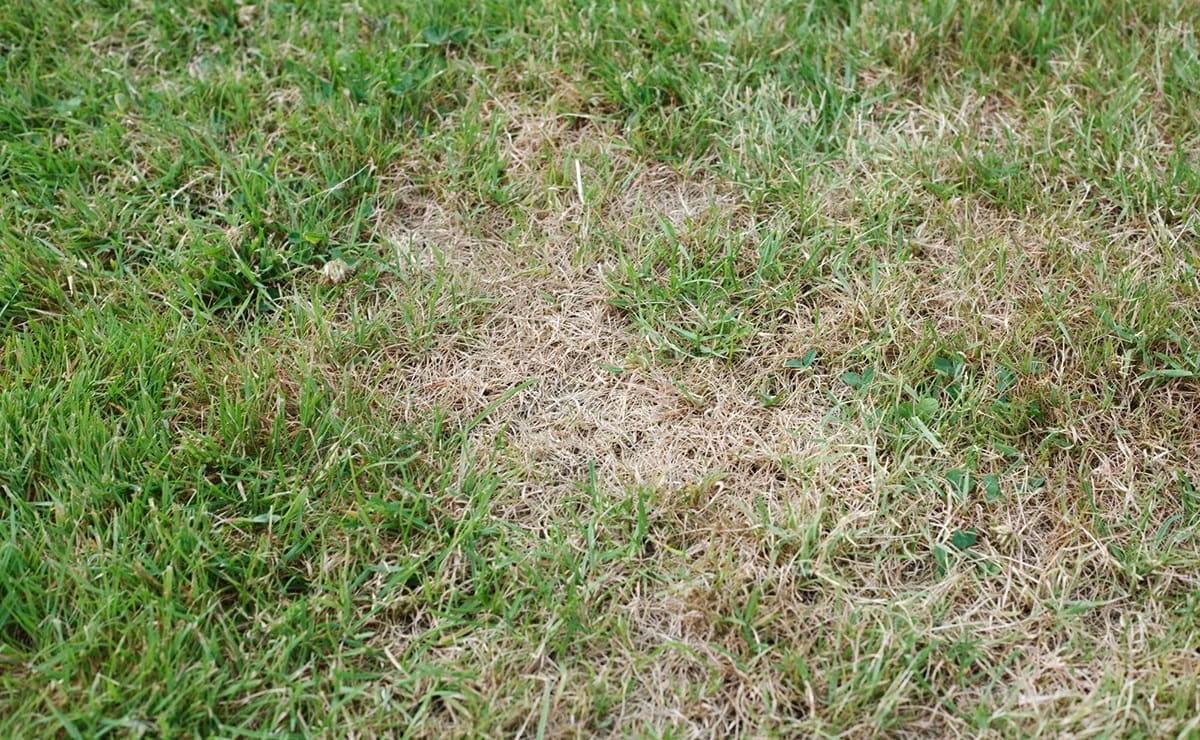
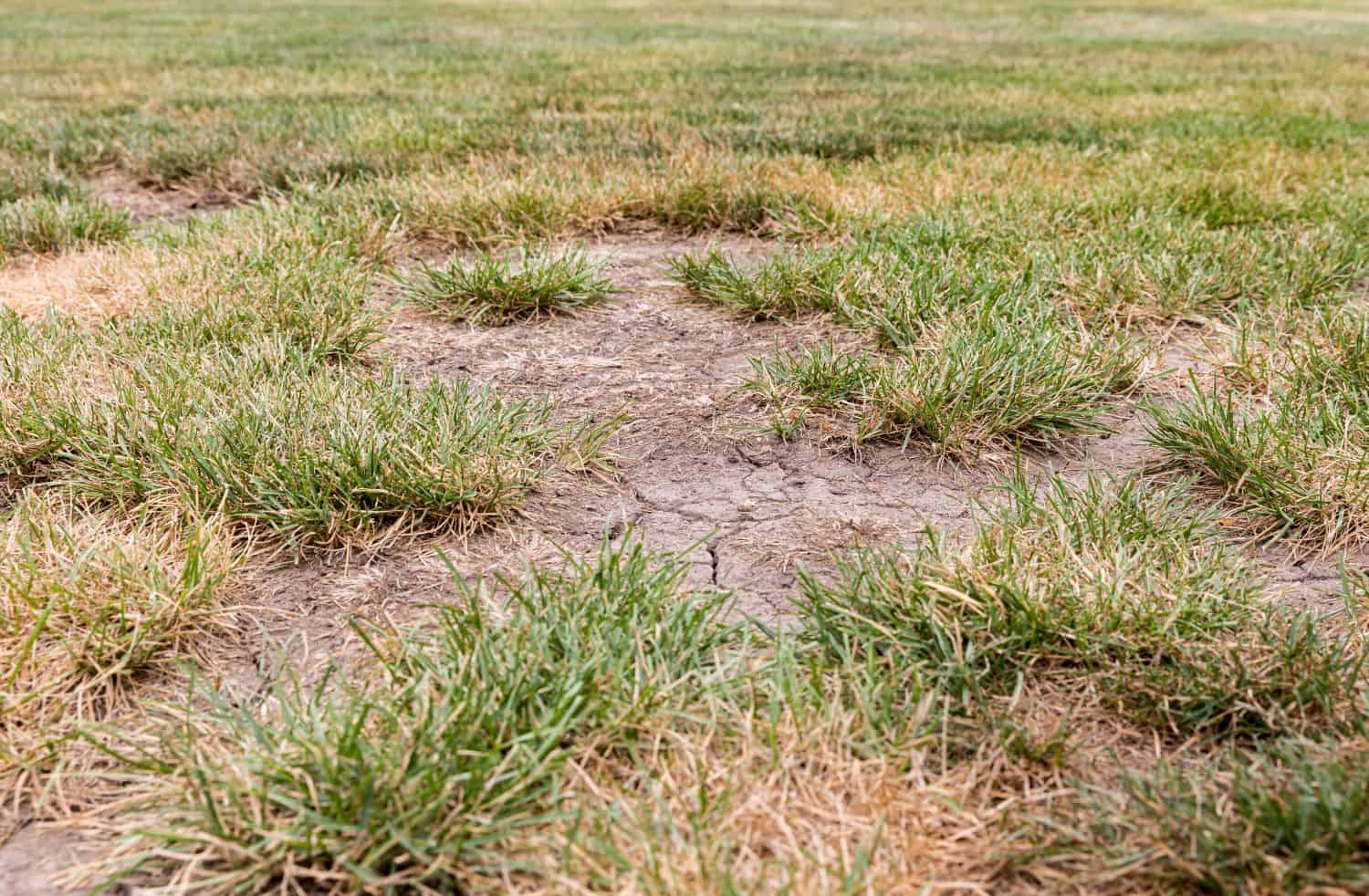
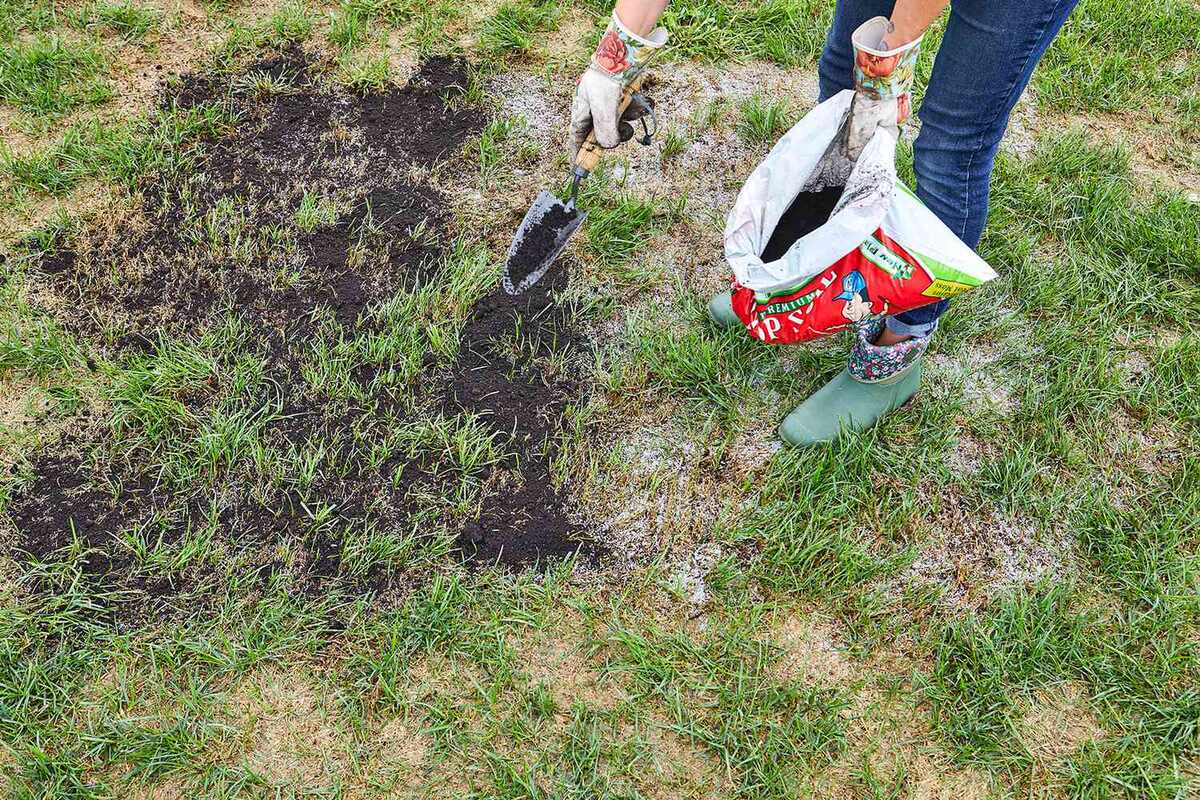
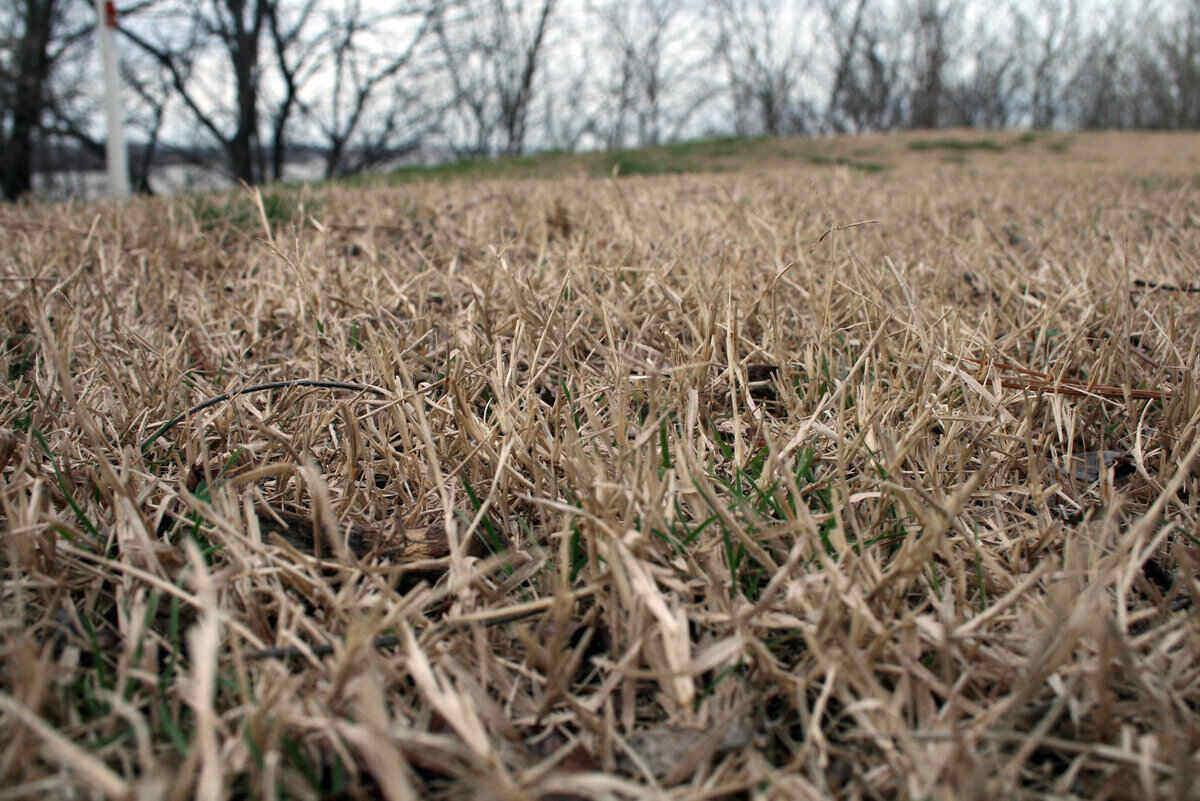
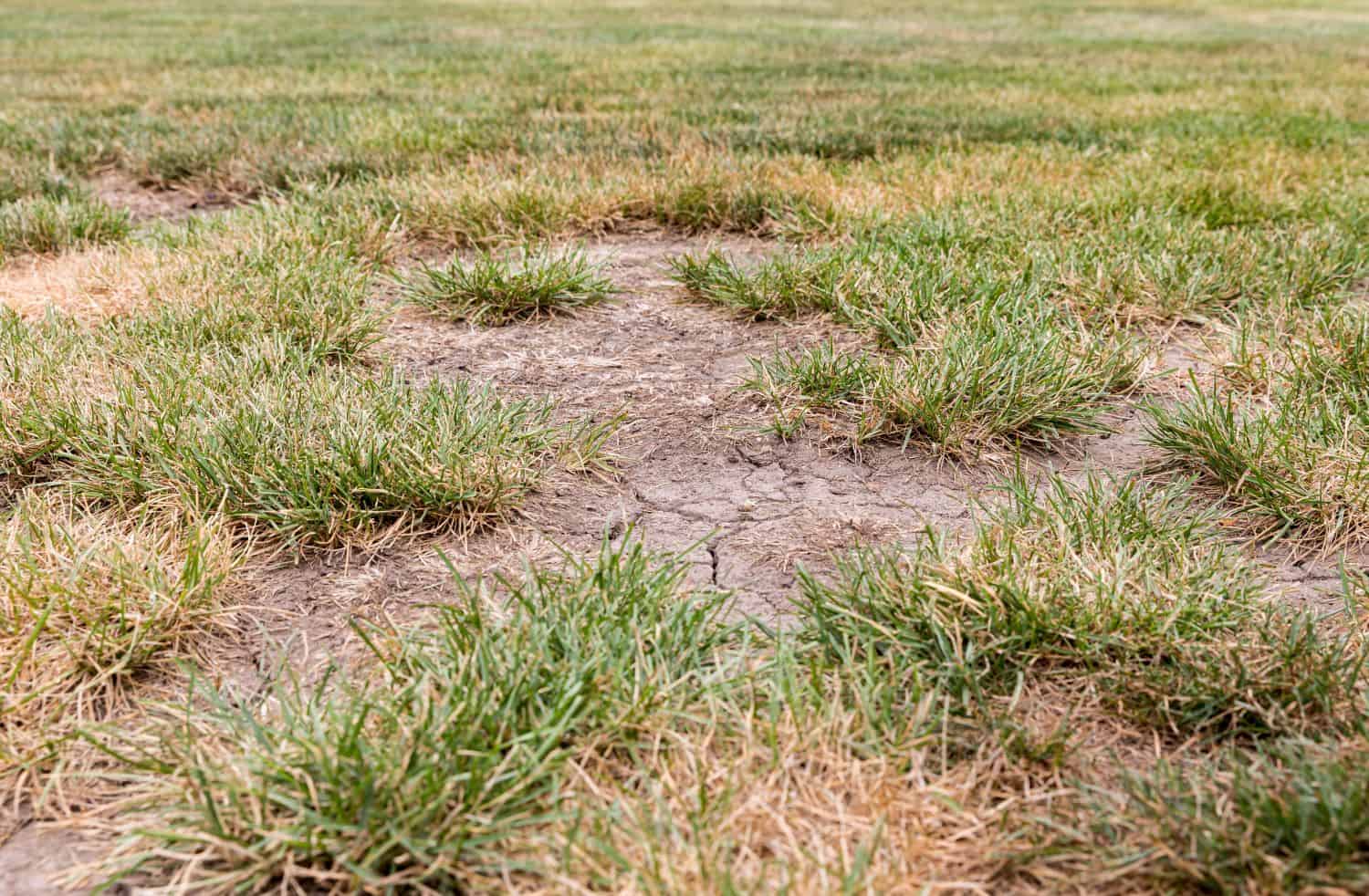
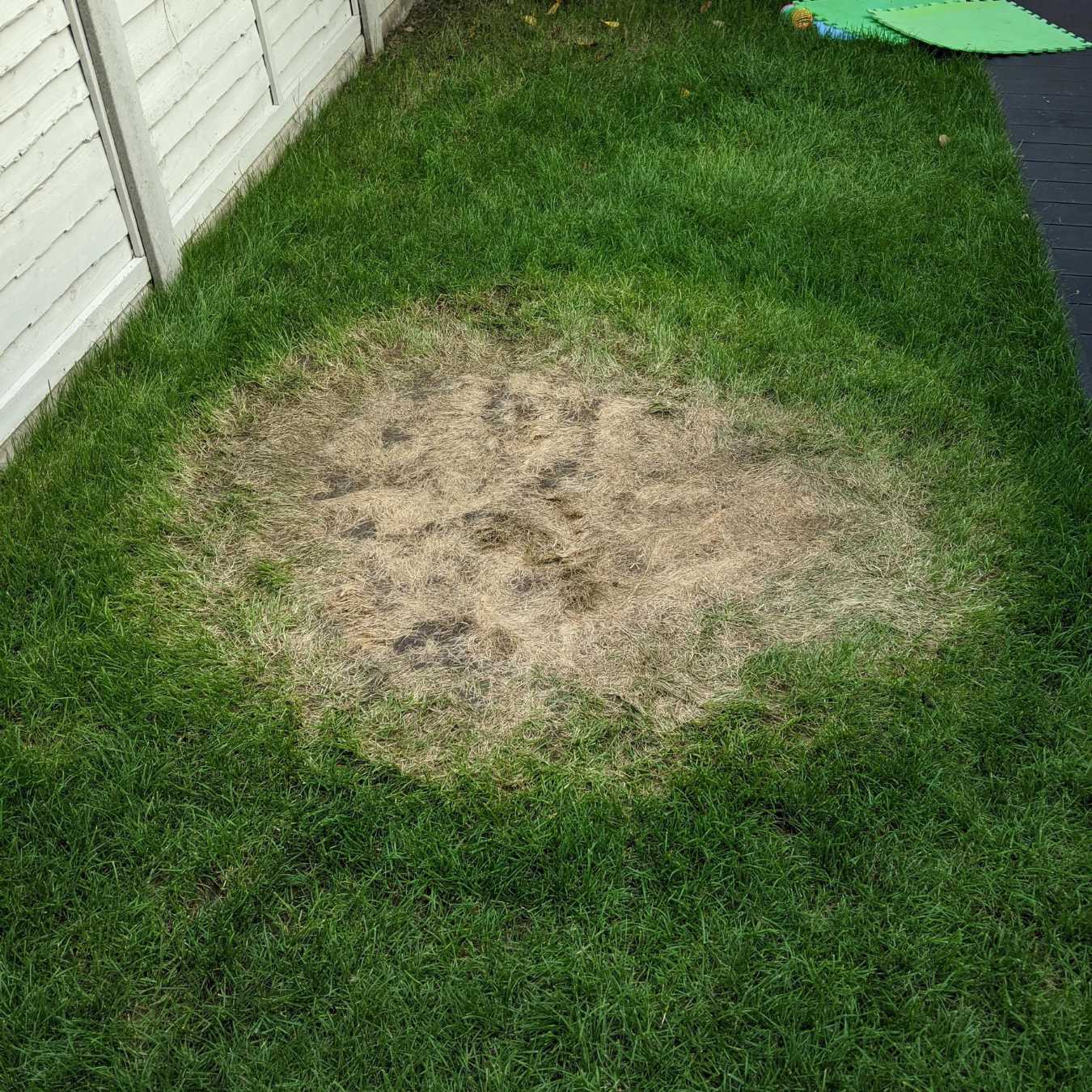
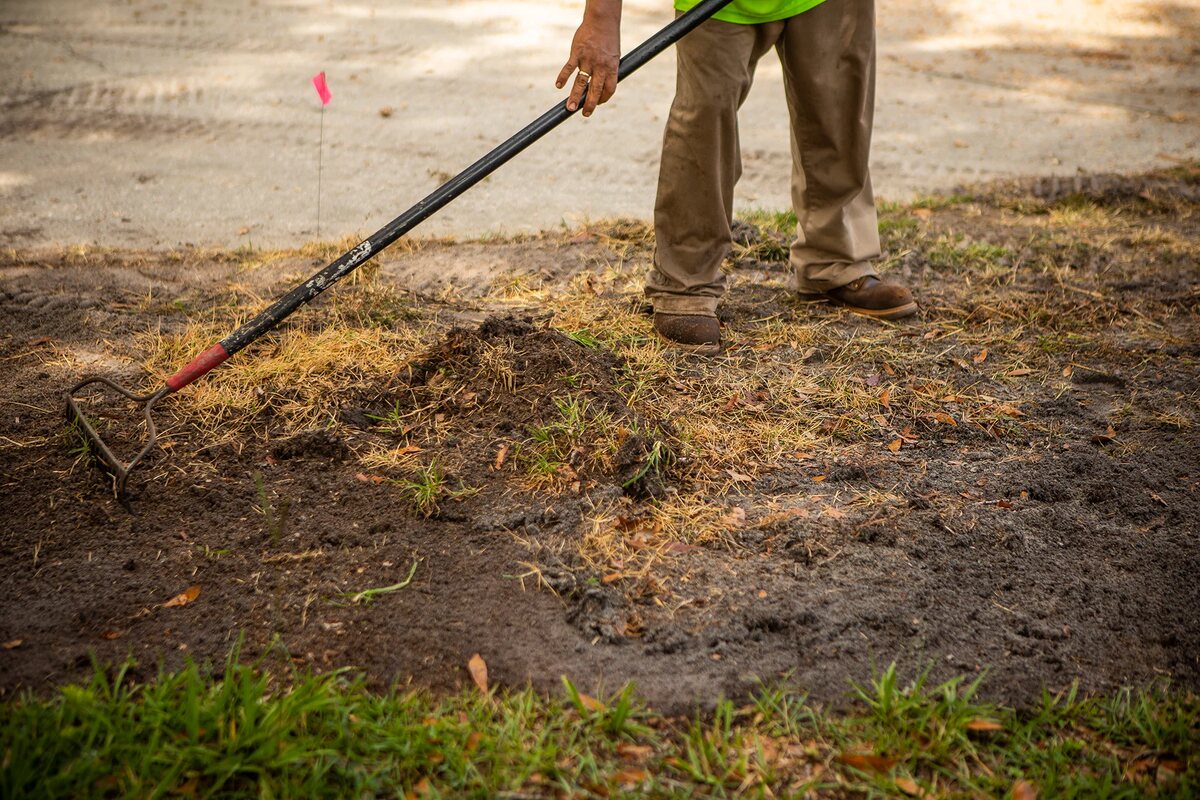
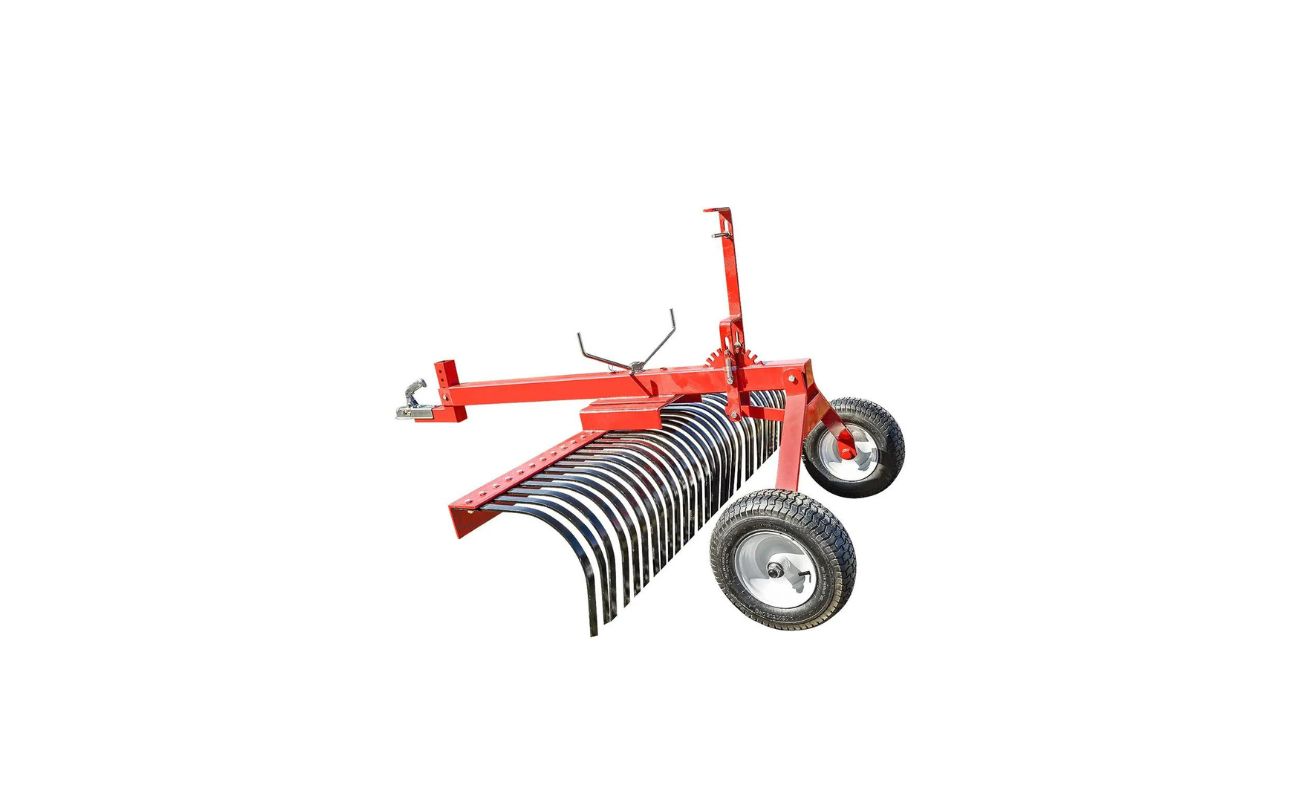
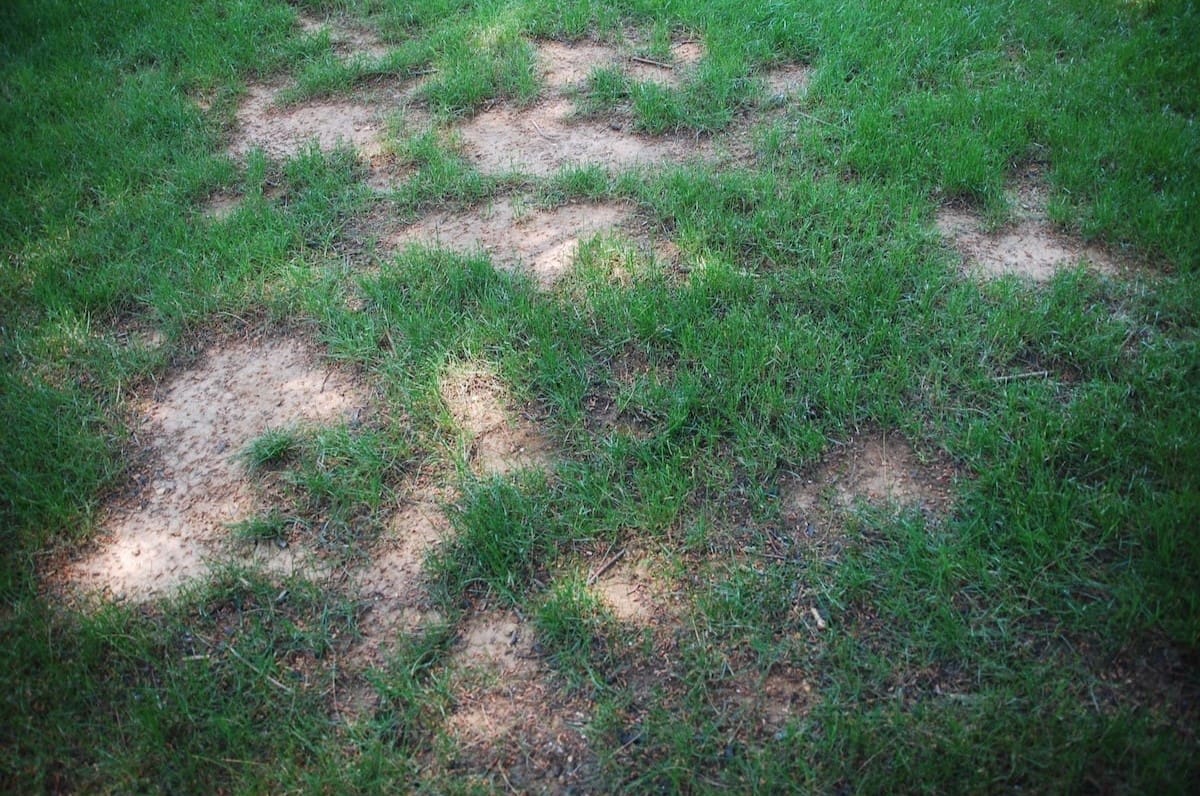
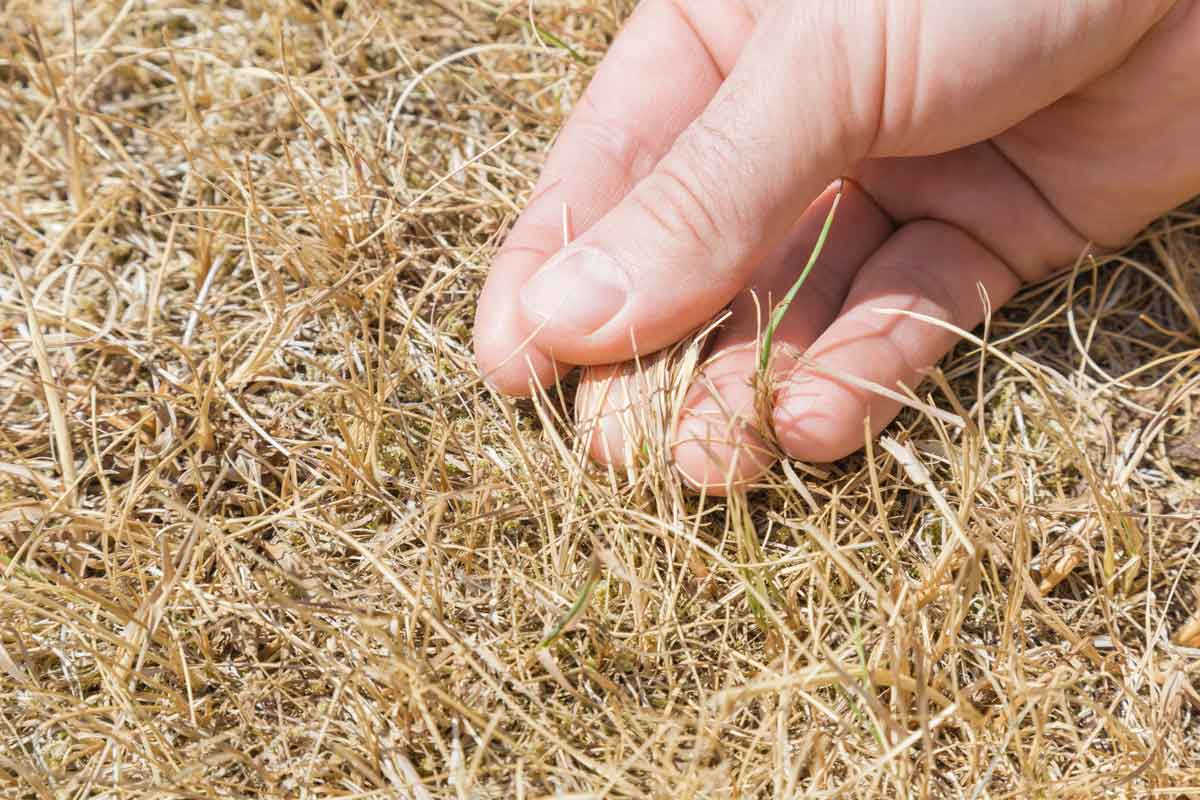

0 thoughts on “How To Rake Out Dead Grass”